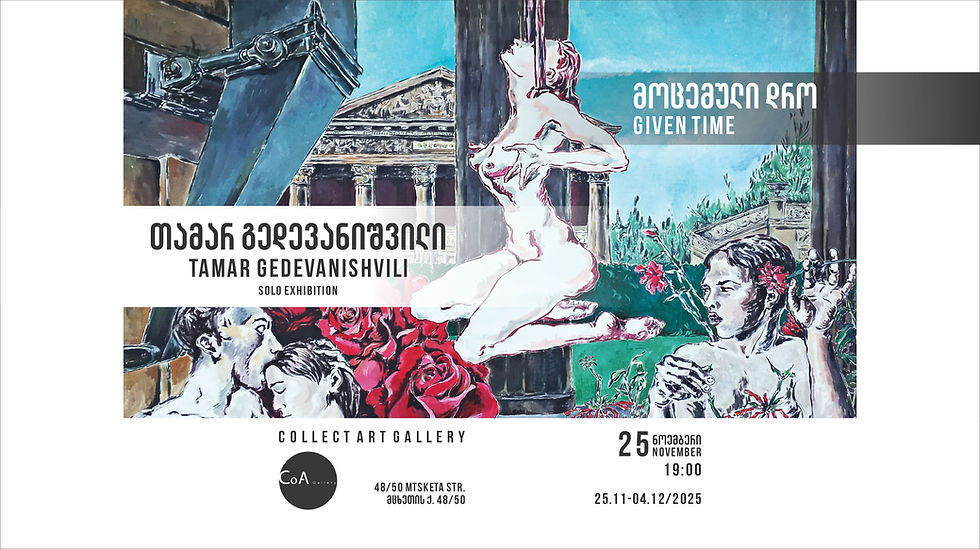Lewis Andres/ Black & White Photography
- Tamar Khelashvili
- Sep 6
- 2 min read
Lewis Andrews moved to Leeds in 2016 to study a BA(Hons) in Fine Art at Leeds Arts University. After graduating in 2019, Lewis continues to work in Leeds. In 2022, Lewis completed his Postgraduate Fine Arts Degree also at Leeds Arts University, graduating with a Masters Degree in the Creative Arts. During his Master’s Degree, Lewis’s practice became deeply focused on the methodology of translating information and data from sources within science into artworks. Lewis has continued to work and build upon this method in his work, constructing a theory of working called ‘The Informative Encounter’.
Since 2019, Lewis has participated in 100+ exhibitions across the UK and internationally, with many notable achievements. Lewis held his first solo show '186,000mi/s' whilst studying at Leeds Arts University in 2018 at Wharf Chambers, Leeds, UK. Lewis was one of the artists picked to participate in the Aon Community Art Awards program 2019 running through 2021, with his oceanic sublime photography work displayed in Aon Headquarters, London. In November 2020, Lewis was selected to participate in the Mayes Creative Watching the Sun: Virtual Residency alongside other artists with an interest in astronomy and ancient astrology. Lewis went on to participate in two more virtual arts-science residences with Mayes Creative. Work from the residency was included in a publication that now resides within the Royal Astronomical Society Archive. Lewis joined Mayes Creative once again for their January 2024 residency in the Cot Valley, Cornwall, UK. Lewis has formed strong relations with the Brazilian art organisation Artlymix and the Georgian-based gallery Collect Art. As of present, Lewis has featured in 26+ exhibitions with Artlymix in Sao Paulo, Brazil and 29+ of Collect Art's publications & Digital exhibitions, to name a few of his achievements. Lewis continues to work from his studio based in Leeds, UK.

The ‘Wanderer’ series of photographs (first created as a result of my time on the ‘Ancient Materials’ arts-science virtual residency) attempts to visualise the ancient asteroids and comets of our early solar system. The residency theme brought to mind a chapter from ‘Origins: Fourteen Billion Years of Cosmic Evolution’, written by Neil deGrasse Tyson & Donald Goldsmith. In this chapter, the possibilities of how the early asteroids of our solar system brought new elements and molecules (including water molecules in the form of ice) to early Earth are explored and may have a role to play in the kick-start of life on our planet.
Taking inspiration from this hypothesis, ‘Wanderer’ attempts to visualise those early travellers of the cosmos while simultaneously touching upon our connection through materials and atomic elements to the heavens. Through the use of found rocks on the surfaces which we walk up and down, going about our everyday lives, the work concurrently connects us and the planet to those ancient times, as well as serves as a reminder that we are still deeply connected to the life cycles of the cosmos.




Comments